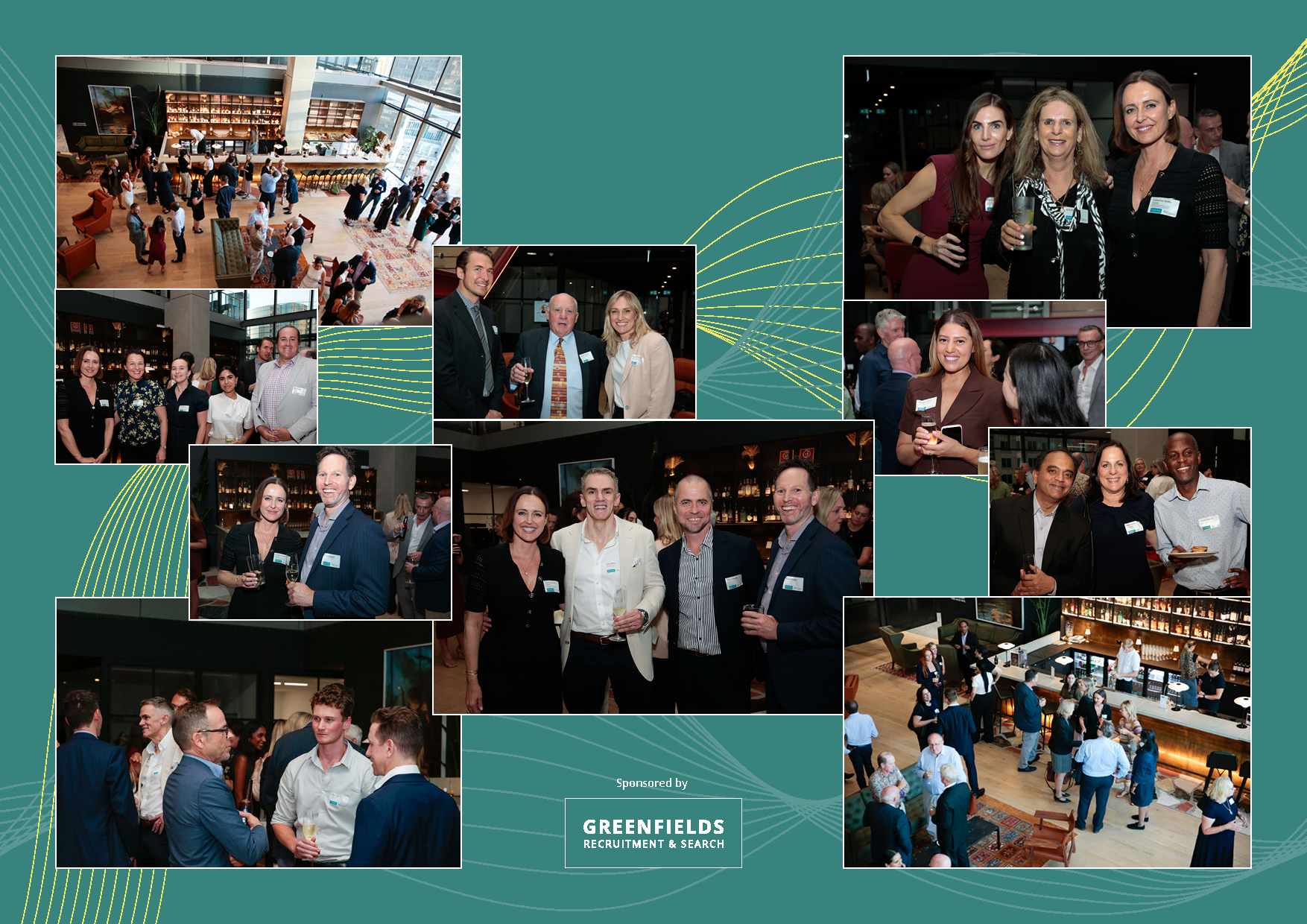You set aside the first hour of your day to work on a strategy document that you’ve been putting off for a week. You haven’t been disciplined about getting to it, but you’ve had one crisis after another to deal with in the past week. Now, finally, you’ve carved out 90 early morning minutes to work on it.
First, however, you take a quick peek at the email that has piled up in your inbox overnight. Before you know it, you’ve used up the whole 90 minutes responding to emails, even though none of them were truly urgent.
By the time you walk into your next meeting, you’re feeling frustrated that you failed to stick by your plan. This meeting is a discussion with a direct report about the approach he’ll be taking in a negotiation with an important client. You have strong views about how best to deal with the situation, but you’ve promised yourself that you will be open and curious rather than directive and judgmental. You’re committed, after all, to becoming a more empowering manager.
Instead, you find yourself growing even more irritable as he describes an approach that doesn’t feel right to you. Impulsively, you jump in with a sharp comment. He reacts defensively. You worry for a moment — and rightly so — that you cut him off too quickly, but you tell yourself that you’ve worked with this client for years, the outcome is critical, and you don’t have time to hear your direct report’s whole explanation. He leaves your office looking hurt and defeated.
Welcome to the invisible drama that operates inside us all day long at work, mostly outside our consciousness. Most of us believe we have one self. In reality, we have two different selves, run by two separate operating systems, in different parts of our brain.
The self that we’re most aware of — the one that planned to work diligently on the strategy document and listen patiently to your direct report — is run by our pre-frontal cortex and mediated through our parasympathetic nervous system. This is the self we prefer to present to the world. It’s calm, measured, rational, and capable of making deliberate choices.
The second self is run by our amygdala, a small almond-shaped cluster of nuclei in our mid-brain and it is mediated by our sympathetic nervous system. Our second self seizes control any time we begin to perceive threat or danger. It’s reactive, impulsive, and operates largely outside our conscious control.
This second self serves us well if a lion is coming at us, but the threats we experience today are mostly to our sense of worth and value. They can feel nearly as terrifying as those to our survival, but the danger we experience isn’t truly life-threatening. Responding to them as if they are only make things worse.
It’s in these moments that we often use our highest cognitive capacities to justify our worst behaviors. When we feel we’ve fallen short, we instinctively summon up our “inner lawyer” — a term coined by author Jonathan Haidt — to defend us.
Our inner lawyer is expert at rationalizing, avoiding, deflecting, dissembling, denying, disparaging, attacking, and blaming others for our missteps and shortcomings. The inner lawyer works overtime to silence our own inner critic, and to counter criticism from others. All this inner turmoil narrows and consumes our attention and drains our energy.
The problem is that most organizations spend far more time focused on generating external value than they do attending to people’s internal sense of value. Doing so requires navigational skills that most leaders have never been taught, much less mastered. The irony is that ignoring people’s internal experience leads them to spend more energy defending their value, leaving them less energy to create value.
In our work with leaders, we’ve discovered that the antidote to reacting from the second self is to develop the capacity to observe our two selves in real time. You can’t change what you don’t notice, but noticing can be a powerful tool for shifting from defending our value to creating value.
A well-cultivated self-observer allows us to watch our dueling selves without reacting impulsively. It also makes it possible to ask our inner lawyer to stand down whenever it rises up to argue our case to our inner and outer critics. Finally, the self-observer can acknowledge, without judgment, that we are both our best and our worst selves, and then make deliberate rather than reactive choices about how to respond in challenging situations.
To improve your capacity to self-observe, begin with negative emotions such as impatience, frustration, and anger. When you feel them arising, it’s a strong signal that you’re sliding into the second self. Simply naming these emotions as they arise is a way to gain some distance from them.
Also, watch out for times when you feel you’re digging in your heels. The absolute conviction that you’re right and the compulsion to take action are both strong indicators that you‘re feeling a sense of threat and danger.
In our work, we provide leaders with small daily doses of support — reminders to pay attention to what they’re feeling and thinking. We’ve also found it helpful to build small groups that meet at regular intervals so leaders can share their experiences. A blend of support, community, connection and accountability helps offset our shared impulse to stop noticing, push away discomfort, and revert to survival behaviors in the face of perceived threats to our value. A good starting place is to find a colleague you trust to be your accountability partner, and to seek regular feedback from one another.
Finally, it’s important to ask yourself two key questions in challenging moments: “What else could be true here?” and “What is my responsibility in this?” By regularly questioning your conclusions, you’re offsetting your confirmation bias — the instinct to look for evidence that supports what you already believe. By always looking for your own responsibility, you’re resisting the instinct to blame others and play victim and focusing instead on what you have the greatest ability to influence — your own behavior.
A deceptively simple premise lies at the heart of this deliberate set of practices: see more to be more. Rather than simply getting better at what they already do, transformational leaders balance courage and humility in order to grow and develop every day.
By Tony Schwartz & Emily Pines, Harvard Business Review




0 Comments